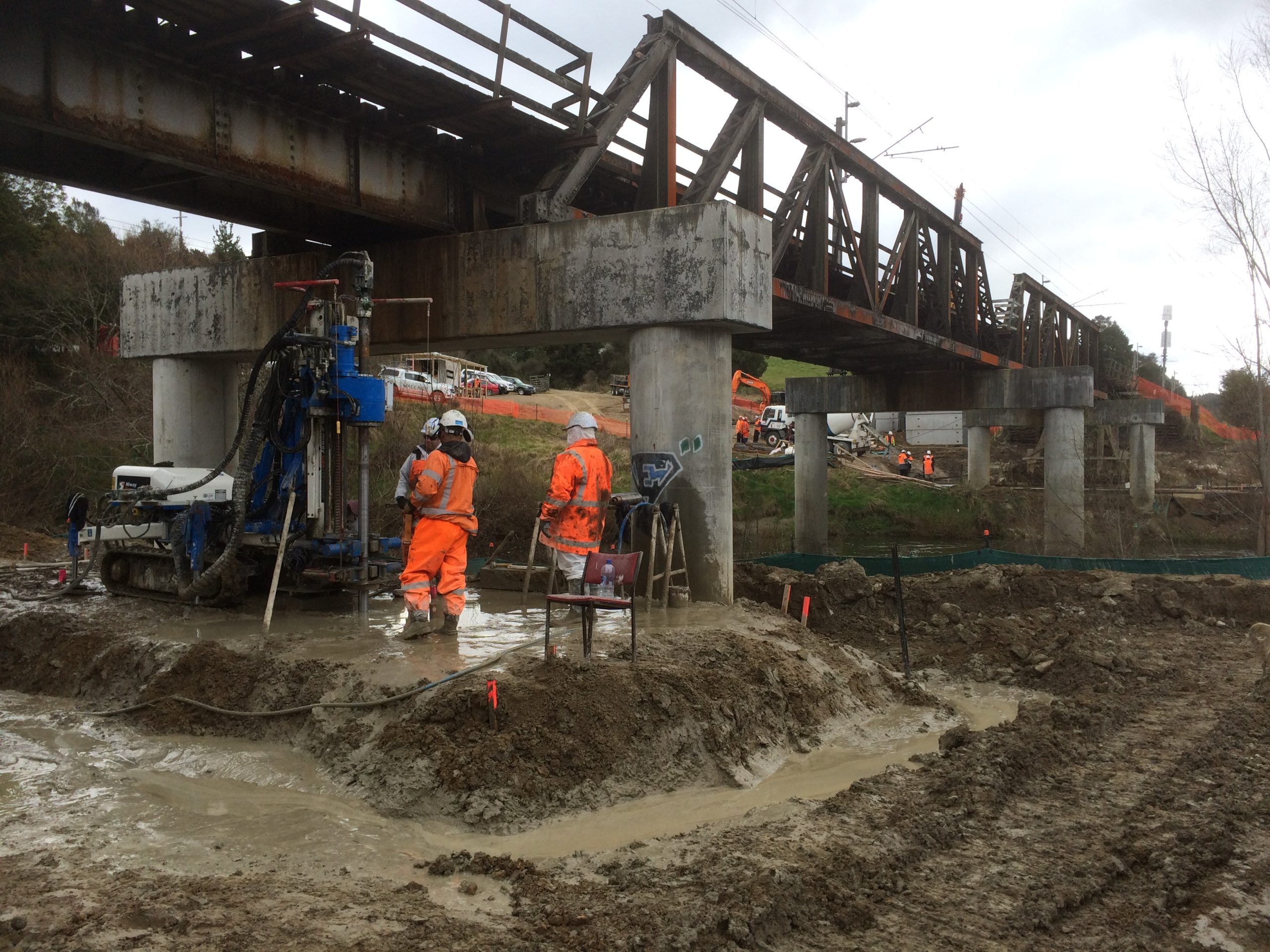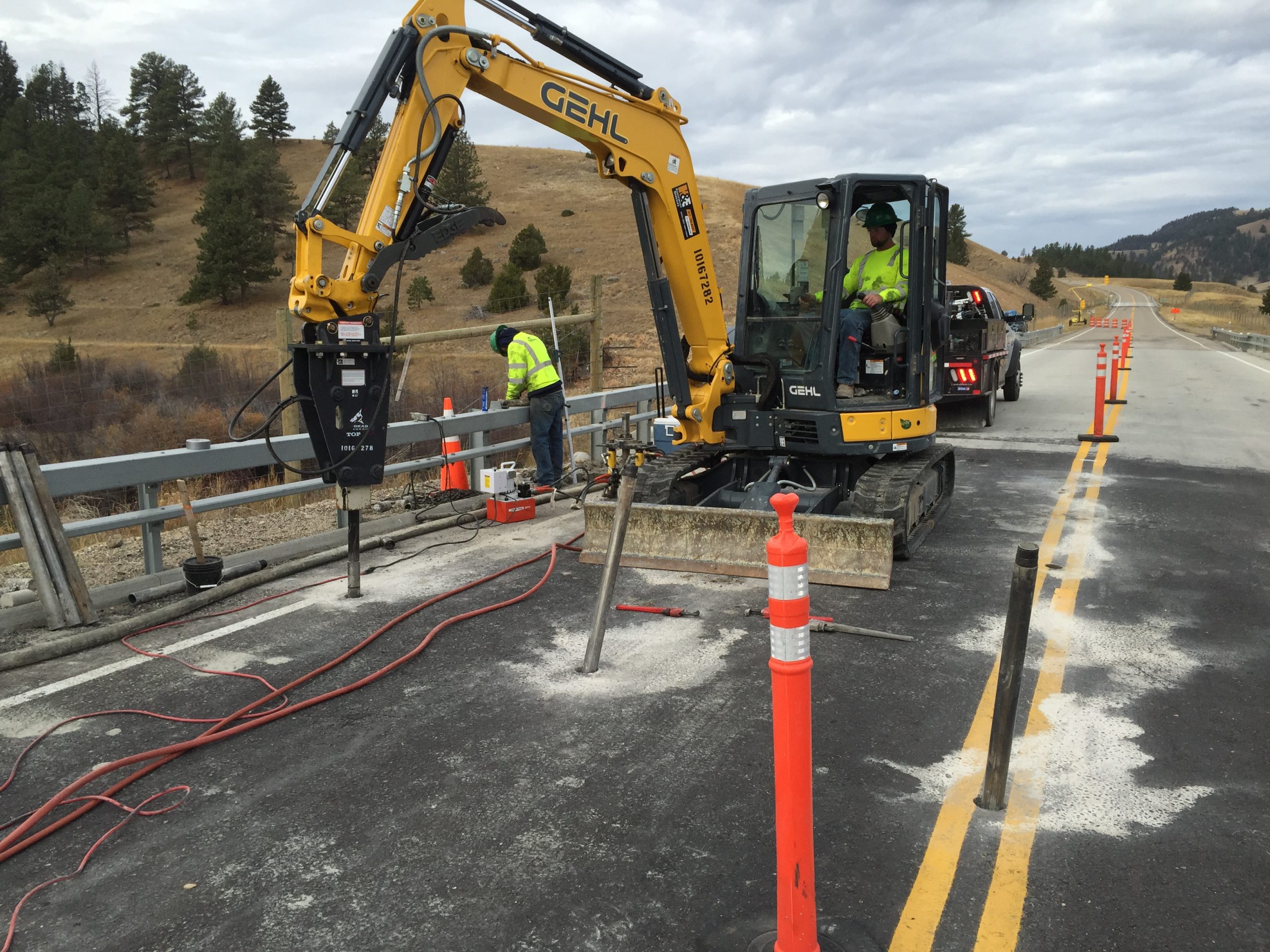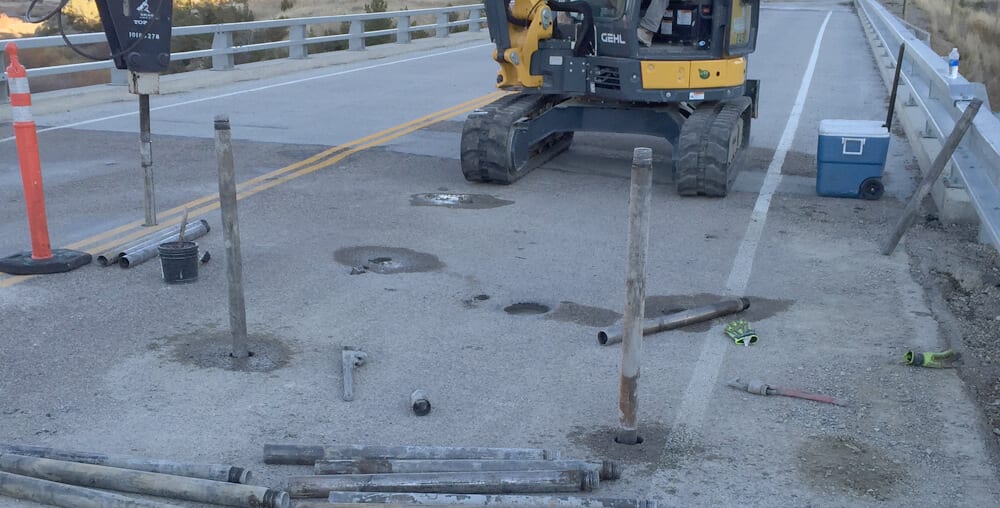How is slurry grouting different from other grouting methods?
This technique is a specialized method of injecting cement grout into open-graded soils, such as clean gravel or bedrock, to improve their strength and stability. Unlike other grouting methods that use a variety of additives, neat cement grout is the primary material used in slurry grouting.
One of the key differences between slurry grouting and other methods is the proportion of materials used. While other grouting methods may use a combination of cement, water, sand, and other additives, this technique typically uses a high proportion of cement to achieve greater strength and durability.
Specifically designed for use in open-graded soils, which are typically more difficult to stabilize than other types of soil. The injection process is carefully controlled to ensure that the cement grout fills all of the gaps in the soil, creating a solid, stable mass.
Overall a highly specialized technique that provides unique benefits for stabilizing open-graded soils and enhancing the load-carrying abilities of the surrounding materials. Its precise application and use of high-quality materials make it a preferred choice for many construction and infrastructure projects.















